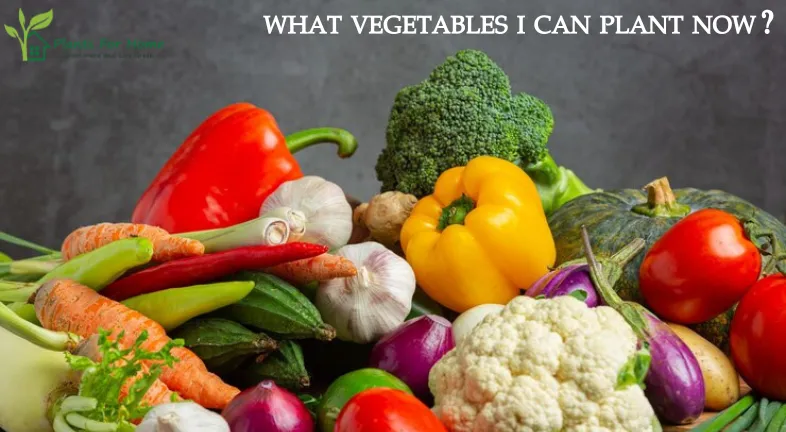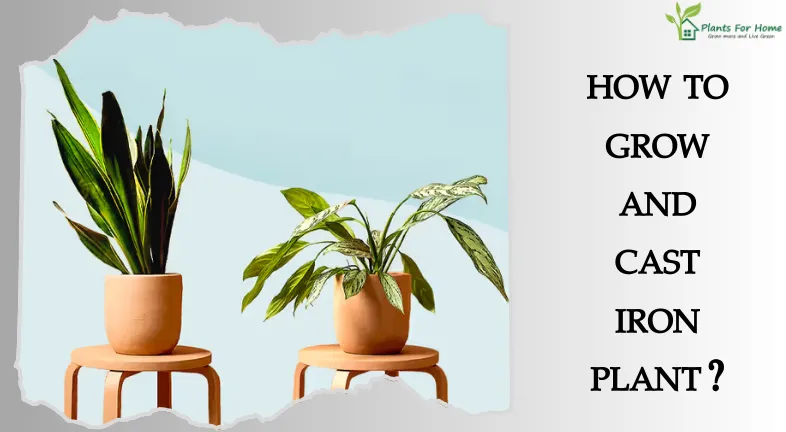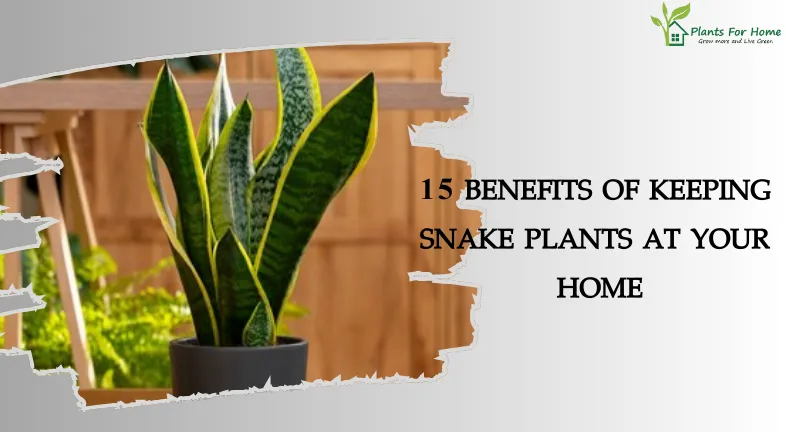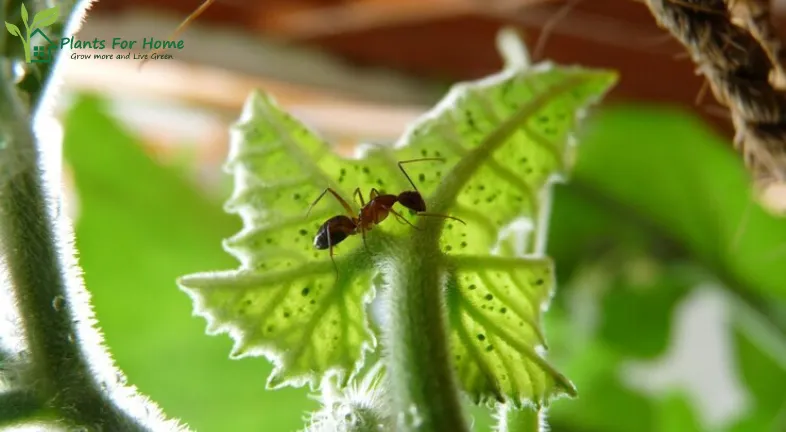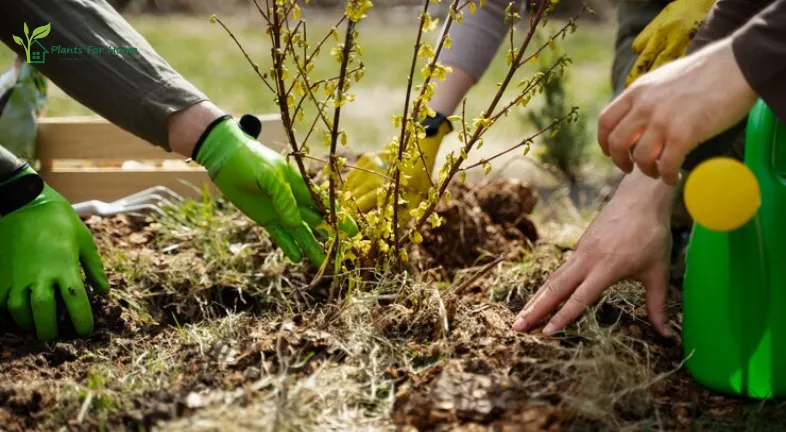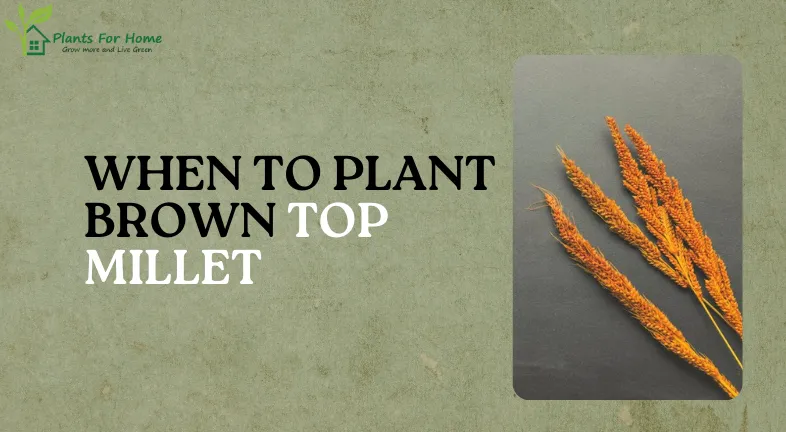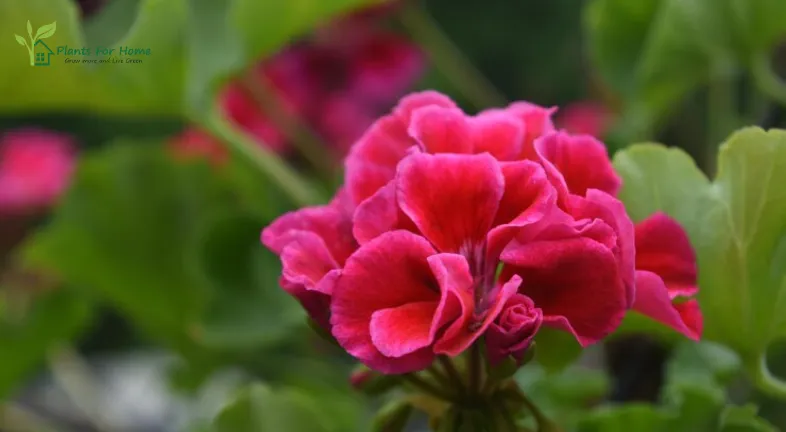HOW TO GROW AND CAST IRON PLANT?
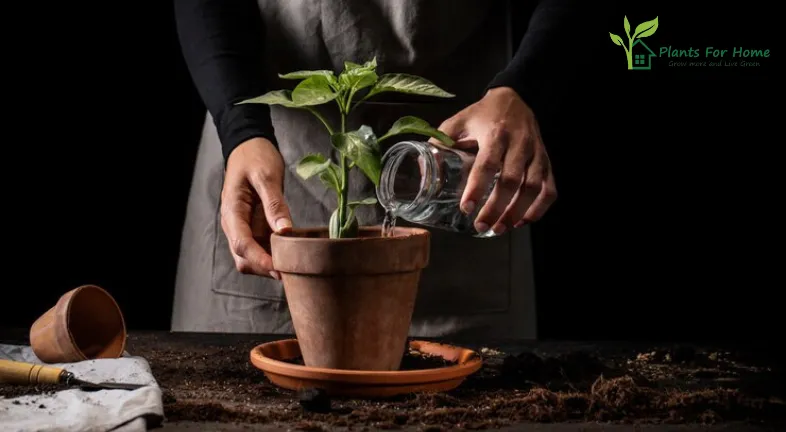
The Unbreakable Houseplant: A Comprehensive Guide to Raising and Taking Care of Iron Plants
As their name suggests, cast iron plants (Aspidistra elatior) are well known for their hardiness. With their sword-shaped, rich green leaves, these architectural beauties can tolerate a lot of neglect, which makes them ideal for novices or busy plant parents. Though they are tolerant, meeting their basic needs will guarantee their continued well-being. Thus, the cast iron plant is the perfect option if you’re searching for a low-maintenance houseplant that also gives your room a sense of elegance.
Selecting the Ideal Iron Plant:
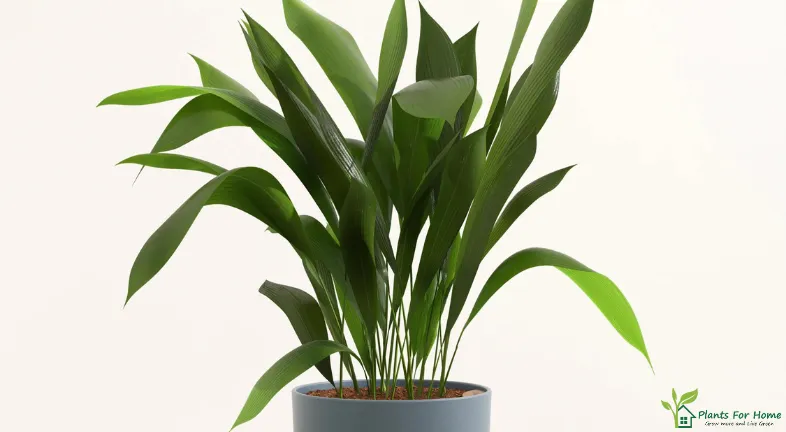
Varieties: There are a few distinct types of cast iron plants, each with a different leaf size, color, and growth pattern. With its large, deep green leaves, Aspidistra elatior is the most frequent. Additional variations include the more compact ‘Asahi’ with shorter leaves, the variegated ‘Milky Way’ with creamy white stripes, and the dwarf ‘Variegated Nana’ with a lower stature and lighter green foliage with white variegation.
Plant Size and Health: Choose a cast iron plant with leaves that are bright green and healthy. Steer clear of plants with yellowing, browning, or wilted foliage since these could be signs of pest problems, overwatering, or underwatering. Choose a plant that complements the size of the area and the pot.
Creating the Appropriate Setting:

Light: Low light levels are ideal for cast iron plant growth. They can withstand bright, indirect light, but direct sunlight should be avoided since it might scorch the foliage. The best places are those with filtered light or windows facing north.
Temperature: 60–75 degrees Fahrenheit (15–24 degrees Celsius) is the ideal range for these plants. Keep them away from drafty windows and heating vents as they detest severe heat or cold.
Humidity: Cast iron plants can tolerate humidity levels typical of a typical home. On the other hand, sprinkling occasionally with filtered water can be helpful if the air is really dry. Planting and Containerization:
Selecting a container: To avoid waterlogging, which can cause root rot, use a container with drainage holes. The size of the pot need to be marginally bigger than the plant’s root ball. Choose a pot that allows for enough air circulation, such as one made of breathable material like terracotta.
Soil: Potting mix that drains properly is preferred by cast iron plants. For indoor plants, a commercial potting mix with extra vermiculite or perlite added for better drainage is a suitable choice. Additionally, you can make your own mix by combining equal amounts of peat moss, perlite, and potting soil.
Planting: Add enough potting mix to the pot so that the plant reaches the appropriate height. Your cast iron plant should be placed in the center of the pot after the roots have been gently released. Potting mix should be added to the empty space, making sure the plant’s base is just above the pot’s edge. Fill the drainage holes with water and let it run out completely. Throw away any extra water that builds up in the saucer.
Feeding and Watering:
Watering: Adequate watering is essential to the healthy maintenance of a cast iron plant. Between waterings, these plants want to be absolutely dry. It’s time to water if you insert your finger approximately an inch into the soil and it feels dry. After completely submerging the soil in water until it flows out the drainage holes, dump any extra water. A common cause of issues with cast iron plants is overwatering, so err on the side of under watering.
Feeding: Cast iron plants don’t require a lot of food. You can fertilize them once a month with a diluted, balanced liquid fertilizer during the spring and summer growing seasons. They can, however, get along just fine without any fertilizer as all. There’s no need to feed in the fall and winter.
General Upkeep and Care:

Cleaning Leaves: The waxy layer that naturally coats the leaves of cast iron plants aids in moisture retention and dust resistance. Periodically, you can use a moist cloth to dust and preserve the gloss of the leaves. Steer clear of chemical leaf shines, since they have the potential to clog the leaves’ pores.
Pruning: Not much pruning is needed for cast iron plants. Simply remove any damaged, yellow, or brown leaves from the base of plants.
CONCLUSION:
Because they grow slowly, cast iron plants don’t need to be replanted often. Repotting will only be necessary if they get rootbound, which may happen every few years. Slow growth, roots poking through drainage holes, or the plant becoming unsteady in its pot are all indicators of rootboundness. Select a pot that is just one size bigger than the existing pot for repotting.

